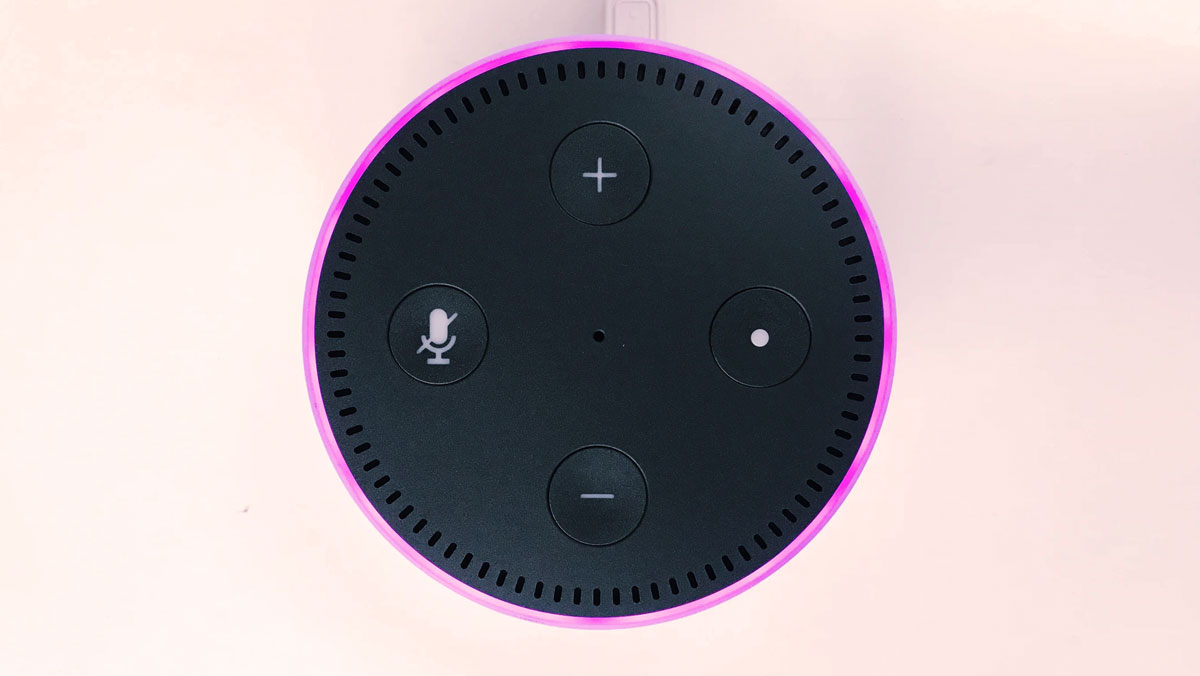
Almost a quarter of all UK homes have at least one smart voice assistant — like Amazon’s Alexa or Google Home. And 70% of those households use their assistant every single day.
With voice searching becoming ever more popular, organizations are fast learning they need to consider their brand beyond the visuals to stay relevant.
No one questions the role that a logo, typeface, and set of colors play in building a brand. We’ve all played the logo games — challenging our brand recognition from an outline or a partial logo alone — and we’ve seen just how strong the impression those assets have left in our minds.
But what if you couldn’t see their logos? Or their colors? Would you know it was them if you had your eyes closed and all you could experience was… their sound?
In this voice-user-interface (VUI) world, that is the challenge.
While technology is rapidly changing, right now, every skill on Amazon’s Alexa uses the same voice to interact with. So ‘owning’ a recognizable celebrity for your brand won’t cut the mustard. Instead, brands need to turn to the often-overlooked part of their brand arsenal: their tone of voice.
How does your brand speak when you can’t hide behind your logo? How do you earn trust when you can’t fall back on the heritage associated with your visuals? How do you set yourself apart from your competitors if the functions of your skills are similar?
You need a tone of voice that truly reflects the holistic identity of your brand. One that evokes the same feeling your logo does, or your visual style. A voice that has flex for personality, with the clarity users need in this relatively new tech space. It’s time to bump voice up your priority list and ask yourself if every part of your brand really weaves together to paint a rich picture.
Because your tone of voice won’t just influence the scripts you write — it will feed into your sonic brand too. Your sonic identity, in many ways, is like your tone of voice without the words. The audio sting that tells a VUI user they’re interacting with your brand now, the notification noise when your app has something new to share, the sign-off at the end of your ad or experience. We live in a world where even our washing machines play a jingle — how does your brand identity size up in the bid for attention?
We’ve always known brands are holistic beasts, but it’s time to stretch our ideas of what exactly that means. Your armory is growing: strategic, visual, verbal, aural — but why stop there? Scent marketing is another, often untapped opportunity. Take Lush, for example, a brand that has never advertised or used traditional marketing methods. And yet, most people know when there’s one close by before they ever spot the shop. Tactile branding is another area that’s overlooked. But most of us can recognize a MacBook by the way the casing and keyboard feel in our fingers.
While full sensory branding might not be the norm just yet, one thing’s for certain: Voice assistants aren’t going away any time soon. So brands need to start paying attention to their own voices. Because if they don’t, they’ll find themselves drowned out in a sea of noise.
Alexa — how do I create an ownable brand voice?
(There’s only so much she can help with — thankfully.)
Image source: Kolar.io
